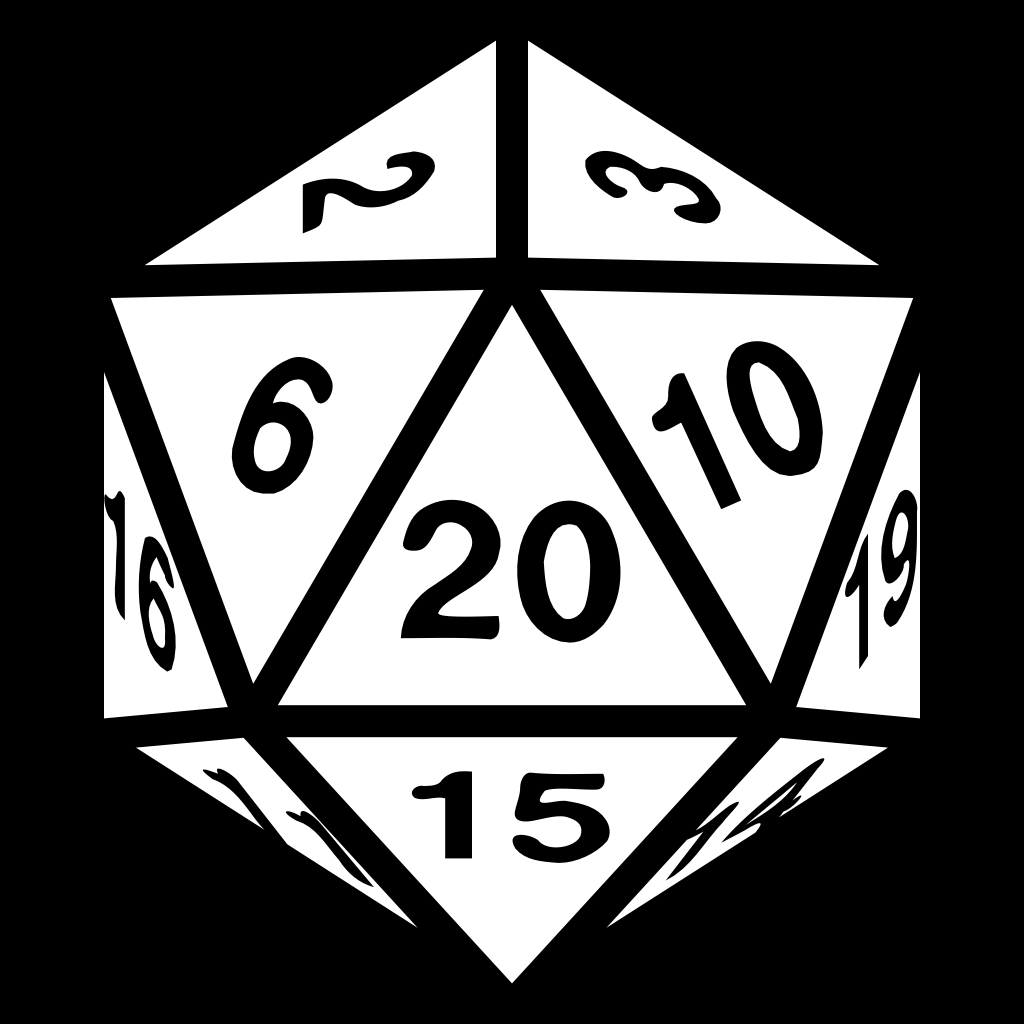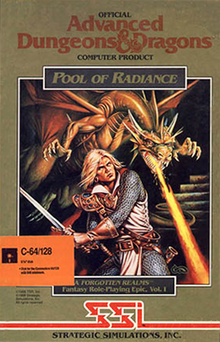The original Feng Shui RPG (by the ever-brilliant Robin Laws) had the absolute best adventure design guidelines of any RPG I’ve encountered. They boiled down to this:
- Think of 3 really awesome fight scenes.
- Apply some loose connective tissue to move the characters between them
That’s it. There is no 3.
Boiled down to two bullets, it’s is a little bare bones, but Feng Shui gave a LOT of guidance on what makes a good fight scene, and enough (totally wacky) background to easily justify the connective tissue. Taken as a whole, it made it staggeringly easy to write up solid, engaging adventures without undue strain on the GM. If you want to dive into it more, I’ve got some more word for you.
A lot of people who have used this model have translated it across to other games (I know I have) but it’s always interesting to me the ways in which it can be easy or hard to do so. It reveals some interesting things about assumptions of play that feel like they could unpack indefinitely.
First off, let’s consider the fight scene. This is a staple of fiction and play, but it’s worth considering what this means in play. That’s opaque, so let me approach it another way: is every scene with a fight in a a fight scene?
Technically? Yes. But in the way that Feng Shui meant it, not really. Those fights are Set Pieces, which is entirely apt because Feng Shui is a game about Hong Kong cinematic style fight scenes. They are big, have lots of moving parts, many points of engagement on a mechanical and character level, and they’re what players are here to do.
It’s also going to take a lot of time. Which is good. Time the budget we have to spend on things, and this approach explicitly “spends” more on the things that are most important to the game.
This is part of why it’s relatively easy to map the three fights model to other games which also have set piece fight scenes. It worked spectacularly well for Fourth Edition D&D, and there are a number of other fights games that it can do equally well with.
But beyond that, there are two difficulties with taking the model further afield.
The first is logistical. Feng Shui has the benefit that it’s 100% cool for all of its set pieces to be fight scenes, but if you take it to another game that may not be true. Other games may want social, investigation or exploration set pieces. In that case the underlying idea (three set pieces and some connective tissue) still absolutely works, but that is definitely a less simple model. It will take more energy to think of the variety of set pieces, they’re less modular and interchangeable, and they’re harder to write up. In short, it’s more work.
That doesn’t mean it can’t be done – it can, and quite well – but it’s hard to learn to the point where it’s comfortable. If you learn it with fight scenes and then expand your repertoire, that’s more practical than doing it all at once.
The second barrier is philosophical. “Loose connective tissue” isn’t going to fly in every game. The reason I say this works very well for 4e D&D, but don’t call out other editions is because dungeon crawling is all about very explicit connective tissue. Playing through and engaging the transitions and choices along the way is what brings some people to the table. Tables like that want to spend their time budget differently, and you need to plan for that.
On the other end of the spectrum, there will always be players who will treat any level of GM direction as railroading. They expect to be making the decisions about what’s important and taking the game in those directions. Again, this calls for a different set of “budget” priorities, so the GM is better armed for flexible response.
Now, for all that, there is a lot of space available between these objections. As noted, the model can work beyond fight scenes, and while it isn’t necessarily suited to full player authorship, it can work with even very empowered players.
The key is that the set pieces are what the players are these for. That is what justifies their budget in time an energy. If they are what everyone wants, then it will all click. If they aren’t, the model will fail, and in doing so will probably reveal a deeper disconnect.
Anyway, if you are a GM and feeling skeptical about this, I encourage you to just try it. Whatever your game is – even if it’s not normally very fighty. Just think of three awesome fight scenes that would be super fun to run, then loosely sketch out how they might be connected. It will take you less time than you think (especially if you just sketch out the fights – don’t go full stat block until you’re happy with the structure) and I am willing to bet you will be surprised at how well it hangs together.
- In film, a Set Piece is a scene requiring a lot of work to plan and shoot, usually at great cost. Since money matters, you only really want to do this when there’s a real payoff. While this is a necessity of budget, it is also a fruitful constraint, since it works naturally with an upswing in focus with an upswing in importance. ↩︎
- Critically, that does not mean it’s the only thing they can do. There is still space for other awesome things, but if none of those materialize organically, then the game is still going to deliver these fight scenes. ↩︎
- Howso? As a hobby, we have honed the technology for writing up a fight scene to a fine art. Stat blocks. Maps and Zones. Tactics and roles. We know how to put information on paper that someone else can read and know how to run that fight effectively. We do not have anything like that kind of polish or sophistication for communication and running other scene types. ↩︎
- Tip: The more wildly diverse they are, the better. It serves as a kind f inspirational fuel when you think about connecting things. ↩︎
 Random aside: One design ethic that I do not particularly enjoy in D&D is what I would describe as the “Gygaxian No” – that is, the players have legitimately earned certain abilities and spells, and adventure designers explicitly negate them for simplicity or effect.
Random aside: One design ethic that I do not particularly enjoy in D&D is what I would describe as the “Gygaxian No” – that is, the players have legitimately earned certain abilities and spells, and adventure designers explicitly negate them for simplicity or effect.


